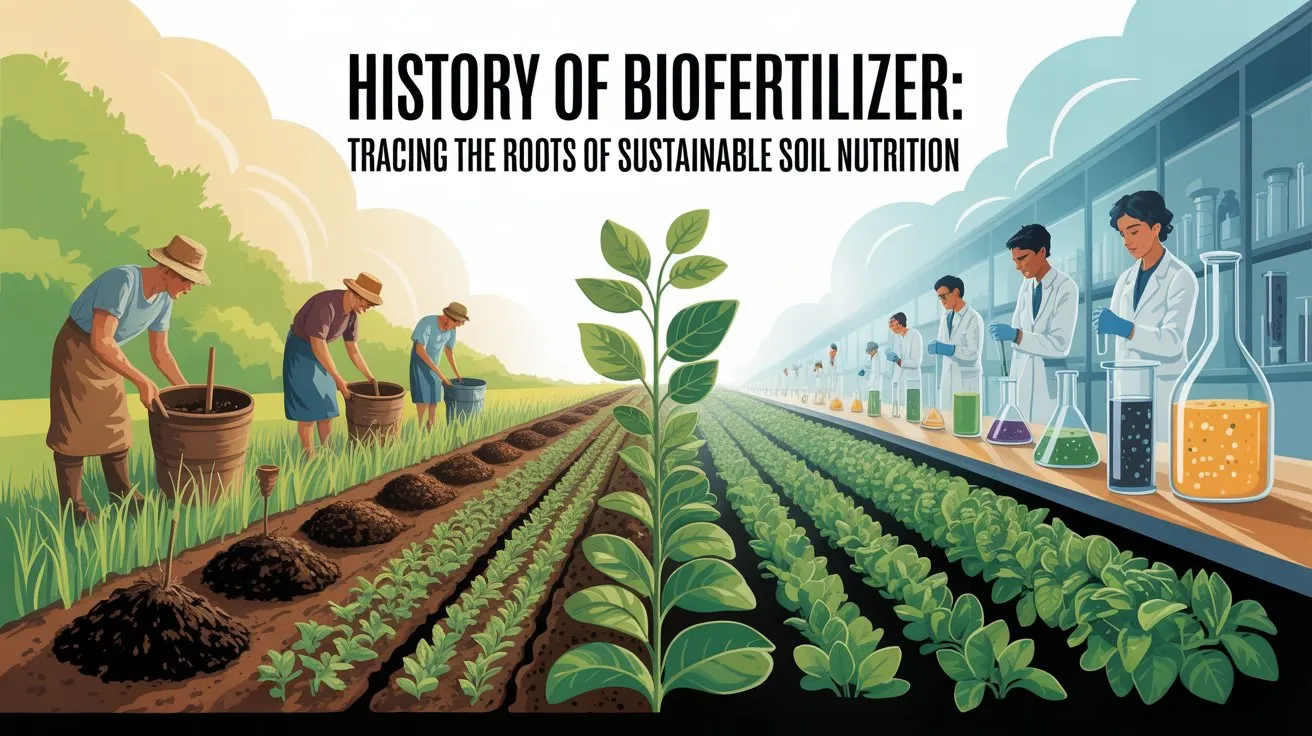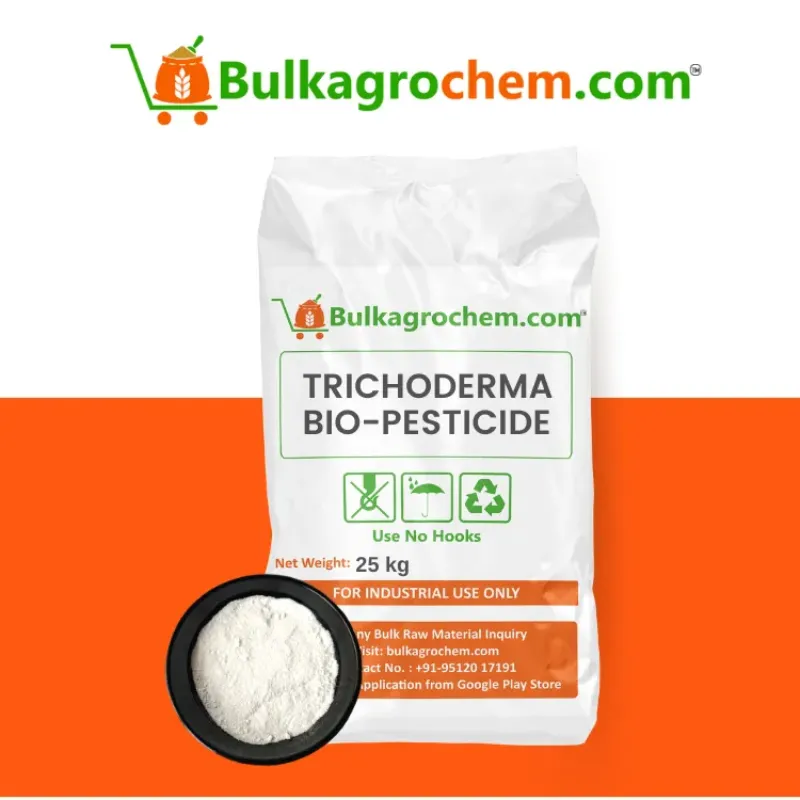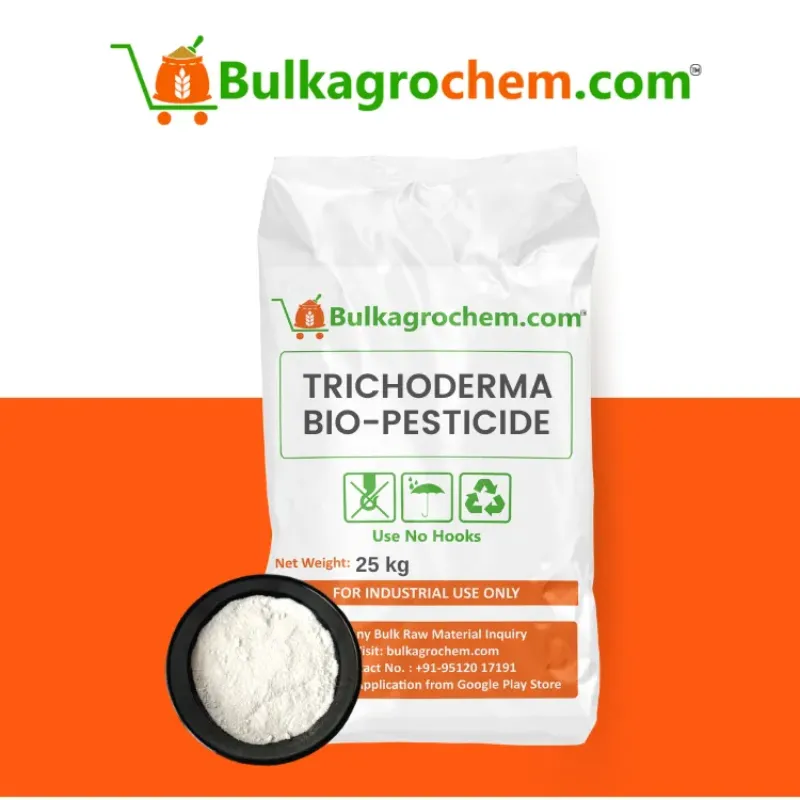The journey of biofertilizer began long before commercial biofertilizers arrived on the market. It began with the ancient agriculture of the true soil scientists before the study of soil was ever formally took place. In those days, farmers were connected to their soil ecosystem and had inborn processes of maintaining a rich nutrient cycle in their soils using rotations of legumes or bring in green manures, as example of both the biological and ecological flux of nitrogen is visible every time legumes are brought into the soil. Full recognition as a legitimate scientific field did not arrive however until the last part of the 19th century when Sergei Winogradsky began to highlight the role microorganisms play in the nitrogen cycle and shortly after Nobbe and Hiltner started to commercialize Nitragin, the first Rhizobium seed inoculant (1895). As chemists perfected synthetic ammonia in the 1910s, bio-inputs fell into the background, but energy crises and environmental concerns of the 1970s rekindled interest.
Modern uses of biofertilizers are built upon this century old science, but facing new challenges such as limits on greenhouse-gas emissions, limiting fertilizer expenses and reversing soil biodiversity loss. Modern example seed coatings of Azotobacter for maize, liquid consortia of Bacillus for vegetable transplants and granular mycorrhizae for orchards have achieved widespread adoption over million of hectares around the world. Most of their use comes from their value to reduce trends through the multiplier effect; one gram of inoculant can generate billions of microbes that can fix of atmospheric nitrogen, solubilise generally "locked-up" phosphorus or secrete beneficial plant-growth hormones that will all contribute to a regenerative nutrient cycle that synthetic fertilizer alone will not achieve.
Biofertilizers Definition and Early Concepts
The contemporary definition of biofertilizers- "a product containing living microorganisms that improves nutrient availability via natural pathways"- can trace its origins to the late‐1800s, when soil scientists first understood the relationship between crop vigour and microbial activity, rather than merely applying manure fertilizers. While legume rotations and composting have been common practices across farming, farmers were not yet aware that microbes were the real driving force of fertility. Considering this was a key first step towards bio-inputs today, it highlights the importance of recognizing biofertilizers as tools that work with, rather than against, soil biology.
Etymology and First Scientific Descriptions
- Term origins: “Biofertilizer” combines the Greek bios (“life”) with the Latin fertilitas (“fruitfulness”).
- First references (1880s–1910s): German agronomists used “Bacterien-Dünger” (bacterial fertiliser) after Sergei Winogradsky demonstrated biological nitrogen fixation.
- Commercial debut (1895): Nobbe & Hiltner launched Nitragin, the world’s first Rhizobium seed inoculant, formally introducing the concept into agricultural trade journals—an early landmark in the history of biofertilizer technology.
Key Microbial Groups Identified in the 19th & 20th Centuries
These discoveries illustrate the accelerating importance of biofertilizers—each added organism unlocked a new nutrient-cycling pathway, reducing reliance on mined or synthetic inputs.
How the Definition Has Expanded with Modern Genomics
Advances in next-generation sequencing mean that scientists can now catalog thousands of beneficial strains, especially consortia of multi-trait single-strain/biofertilizer products that:
- Fix nitrogen, solubilise phosphorus, and mobilise potassium in situ.
- Produce phytohormones (IAA, GA) to stimulate root branching.
- Secrete antibiotics to suppress soil borne pathogens.
Genomics has now expanded the definition of biofertilizers from single organism products to designer blends that are genotypically encoded to exhibit specific nutrient and plant-health functions—demonstrated that the significant history of biofertilizer research continues to evolve, leading to a series of biologically intelligent inputs, where biofertilizer functionality now includes seed coatings, drip-line injections, and regenerative soil-building programs—all hallmarks of sustainable agriculture in the 21st century.
Milestones in the History of Biofertilizer Development
Awareness of the significant milestones illuminate both the meaning of biofertilizers and the increasing range of biofertilizers that are defining modern sustainable farming. The timeline below reflects three pivotal moments and demonstrates the enduring significance of biofertilizers in agriculture globally.
Ancient Legume Rotations and Manure “Teas”
Early farmers recognised a pattern when they used beans in advance of planting wheat to rejuvenate exhausted soils, even though they didn’t know of Rhizobium, the practivce fixed atmospheric nitrogen, denoting a precedent of biofertilizer. Manure 'teas' painstakingly made by farmers using naturally-occurring microbes would ferment phosphorus and potassium for planting crops, anticipating innovative liquid formulations used today.
Launch of “Nitragin” Seed Inoculant (1895)
The development of "Nitragin" made on-farm trials into an assessable technology, bringing peat plus the live Rhizobium cells to users that prescribed some quality benchmarks—viable counts, sterile carrier—to which they still adhere. The creation of "Nitragin" encapsulated the definition of biologically available biofertilizers into an agricultural commercial market.
Post-Green-Revolution Research on Rhizobia and Beyond
As yield intensity increased and the new high-yield varieties of crops required greater inputs and nutrients, researchers began to move from the chemical to the biologically mediated, as noted in this review:
- Elite Rhizobium strains for soybean have shown greater than 10% protein improvement.
- Free-living Azotobacter and Azospirillum strains yield a contribution of 20–40 kg N ha⁻¹ in cereals.
- Phosphate-solubilising bacterium (PSB) now can unlock P positions in rock bound elements that reduce the requirement for super-phosphate by 25–30 %.
These technological advances entrench the use of biofertilizers as economical and environmentally friendly alternative or replacement for conventional fertilisers contribute to a resiliency and sustainability in food production systems.
Importance of Biofertilizers in Modern Agriculture
Biofertilizers have progressed from the early inoculants chronicled in the history of biofertilizer development to a cornerstone of 21st-century nutrient management. Their appeal rests on three intertwined benefits: cutting synthetic inputs, restoring soil health, and powering climate-smart, regenerative systems—advantages that fully embody today’s broadened biofertilizers definition.
Reducing Synthetic-Nitrogen Dependence & Emissions
Nitrogen made via the Haber-Bosch process carries a heavy carbon footprint—about 1.9 t CO₂-eq per tonne of N. Substituting even 30 kg ha⁻¹ of urea with diazotrophic inoculants saves roughly 60 kg CO₂-eq per hectare each season while trimming fertiliser bills. Such uses of biofertilizers also curb nitrate run-off and nitrous-oxide spikes after rainfall, helping farms meet tightening emission standards.
Rebuilding Soil Organic Carbon and Biodiversity
Living inoculants exude polysaccharides and amino acids that feed saprophytic fungi, earthworms, and beneficial arthropods. Long-term trials show soils using bio-based inputs accumulate 0.1 – 0.3 % more organic carbon per year, improving water infiltration and aggregate stability. This microbial cascade explains the growing importance of biofertilizers beyond mere nutrient supply—they actively regenerate the biological engine of the soil.
Role in Climate-Smart and Regenerative Farming Systems
- Climate resilience: Enhanced root architecture from mycorrhizae and Azospirillum inoculation boosts drought tolerance.
- Regenerative practices: Biofertilizers dovetail with cover crops, minimal-till, and compost amendments, creating closed nutrient loops keyed to living soil processes.
- Policy alignment: Many carbon-credit and eco-scheme frameworks now reward farms that document lower synthetic-N use and higher microbial inputs, reinforcing the strategic value of biofertilizers.
Practical Uses of Biofertilizers Today
Modern growers have transformed century-old discoveries from the history of biofertilizer research into field-ready technologies that slot neatly into everyday operations. By applying the broadened biofertilizers definition—living microbes that mobilise multiple nutrients—farmers now boost yields while advancing soil-health goals. Below are three high-impact application methods that illustrate the real-world uses of biofertilizers and underscore the continuing importance of biofertilizers in sustainable systems.
Seed Coating for Legumes, Cereals, and Oilseeds
How it works: A peat or polymer film delivers 10⁸ CFU g⁻¹ of Rhizobium, Azospirillum, or phosphate-solubilising bacteria directly onto the seed surface.
Benefits:
- Rapid root colonisation; nodulation visible 10–14 days after emergence.
- Uniform microbe dose on every seed—critical in air seeders and precision planters.
- Compatible with talc/graphite lubricants and most flowable seed fungicides (check label).
Typical outcome: Soybean protein +1 %, maize grain +6 % in side-by-side trials, with a 20–30 kg ha⁻¹ reduction in mineral N or P.
Soil Drench and In-Furrow Application in Horticulture
How it works: Liquid consortia (e.g., Bacillus megaterium + Pseudomonas fluorescens) are mixed in irrigation water or banded in the furrow at transplanting.
Benefits:
- Colonises the rhizosphere of peppers, tomatoes, cucurbits, and orchard trees where chemical P often locks up.
- Supplies organic acids that dissolve calcium-bound phosphate while secreting growth hormones (IAA) for root expansion.
- Cuts fertigation P rates by 25–35 % without yield loss; improves fruit Brix and shelf life.
Best practice: Maintain pH 6.0–6.5 in the drench solution and avoid chlorine sanitizers that can reduce viability.
Integration with Compost, Cover Crops, and Minimal-Till
How it works: Granular or liquid biofertilizers are blended with matured compost or sprayed onto terminated cover-crop residues before shallow incorporation.
Benefits:
- Compost provides humic substances and micronutrients that feed inoculant microbes.
- Cover-crop roots act as “biological drilling rigs,” carrying bacteria and mycorrhizae deeper into the profile.
- Minimal-till preserves fungal hyphae networks, allowing repeated inoculations to build year-on-year soil organic carbon.
Outcome: Soils gain 0.1–0.3 % organic-C annually, infiltration rates rise, and herbicide-resistant weed pressure often declines due to a healthier soil food web.
Future Outlook: Linking History of Biofertilizer to Next-Gen Solutions
The journey from ancient legume rotations to the first commercial inoculant in 1895 shows how practical observation evolved into today’s science-based biofertilizers definition. That same arc now points toward breakthrough technologies that will amplify the uses of biofertilizers and reinforce their growing importance of biofertilizers in global nutrient strategies.
Multi-Microbe Consortia and Nano-Carriers
Early products focused on single strains such as Rhizobium; the next wave packages nitrogen fixers, phosphorus solubilisers, and potassium mobilisers together, each housed in protective nano-clay or alginate capsules.
- Synergy: Co-inoculated strains communicate via quorum sensing, boosting enzyme output and plant-growth hormone production.
- Precision delivery: Nano-carriers release microbes when triggered by root exudates or soil moisture, reducing loss during dry spells and ensuring a higher field establishment rate.
- Scalability: Fermentation platforms can now grow mixed cultures without mutual inhibition, drawing directly on lessons from the history of biofertilizer process development.
Digital Platforms for Strain Selection and Field Monitoring
Machine-learning models crunch soil tests, weather data, and remote-sensing imagery to recommend the best inoculant blend for each field zone.
- Strain–soil matching: Algorithms match pH, texture, and crop species to curated microbe libraries, turning the broad biofertilizers definition into a farm-specific prescription.
- Real-time feedback: IoT probes log soil respiration and nutrient fluxes, confirming whether targeted uses of biofertilizers are delivering expected N and P release curves.
- Adaptive management: Historical yield maps feed back into the system, refining next-season inoculant rates—closing the loop between data and biology.
Policy Incentives Driving Global Adoption
Governments and carbon markets increasingly recognise the climate and water-quality benefits captured in the importance of biofertilizers.
- Carbon credits: Projects that verify synthetic-N reduction via documented inoculant use can earn 0.5–0.7 t CO₂-eq credits per hectare.
- Eco-schemes & subsidies: The EU’s CAP 2027 draft and India’s PM-PRANAM program both propose cost-share or tax rebates for farmers replacing at least 20 % of chemical fertiliser with bio-based inputs.
- Regulatory harmonisation: ISO standards—rooted in the early quality controls of “Nitragin”—now guide global registration, smoothing cross-border trade for next-gen products.
FAQs
Q1. When did farmers first use biofertilizers?
Legume rotations and manure “teas”—early forms of microbial soil enrichment—date back more than 2,000 years, marking the informal start of the history of biofertilizer practices.
Q2. What was the first commercial biofertilizer product?
“Nitragin,” a peat-based Rhizobium seed inoculant launched in 1895, set the modern biofertilizers definition by standardising viable microbe counts in a marketable package.
Q3. Who discovered biological nitrogen fixation?
Microbiologist Sergei Winogradsky (1890s) proved that free-living bacteria convert atmospheric N₂ into plant-usable forms—an insight that underpins the importance of biofertilizers today.
Q4. Why did biofertilizers gain renewed interest after the 1970s?
Oil shocks raised synthetic-fertilizer costs, and research exposed nitrate run-off and CO₂ emissions, reviving the eco-friendly uses of biofertilizers for nutrient supply.
Q5. Can biofertilizers fully replace chemical fertilizers in all crops?
They can meet most or all N needs in legumes and 20–60 % in cereals; complete replacement often requires integrated nutrient plans, but their rising role confirms the growing importance of biofertilizers in sustainable farming.
Conclusion: Embrace the Legacy—Choose Biofertilizers for a Greener Planet Today
Tracing the history of biofertilizer reveals a remarkable arc: from ancient legume rotations to the 1895 launch of “Nitragin,” and onward to today’s AI-tailored multi-microbe consortia. This continuum shows that every leap in crop productivity has roots in harnessing living soil biology.
Key Takeaways—Heritage, Innovation, and Regenerative Potential
- The modern biofertilizers definition now covers nitrogen fixers, phosphate solubilizers, potassium mobilizers, and mycorrhizae—each multiplying soil nutrient flows rather than depleting them.
- Proven uses of biofertilizers cut synthetic-nitrogen bills 20–60 %, slash CO₂ emissions, and rebuild organic carbon by 0.1–0.3 % per year.
- The growing importance of biofertilizers is backed by policy incentives, carbon markets, and farmer-verified yield gains across every continent.
Action Plan—Learn from the Past, Adopt for the Future
- Pilot: Inoculate a small block with crop-specific strains; retain a chemical-only control to measure gains.
- Monitor: Track nodulation, leaf P levels, and soil organic carbon to quantify benefits that echo the lessons of biofertilizer pioneers.
- Scale: Blend biofertilizers into full-farm nutrient plans—seed coatings for legumes, in-furrow PSB for cereals, and compost-integrated consortia for horticulture—turning historical insight into tomorrow’s regenerative edge.
By aligning time-tested microbial wisdom with next-gen delivery tech, growers can honor the past while securing a resilient, climate-smart future.




